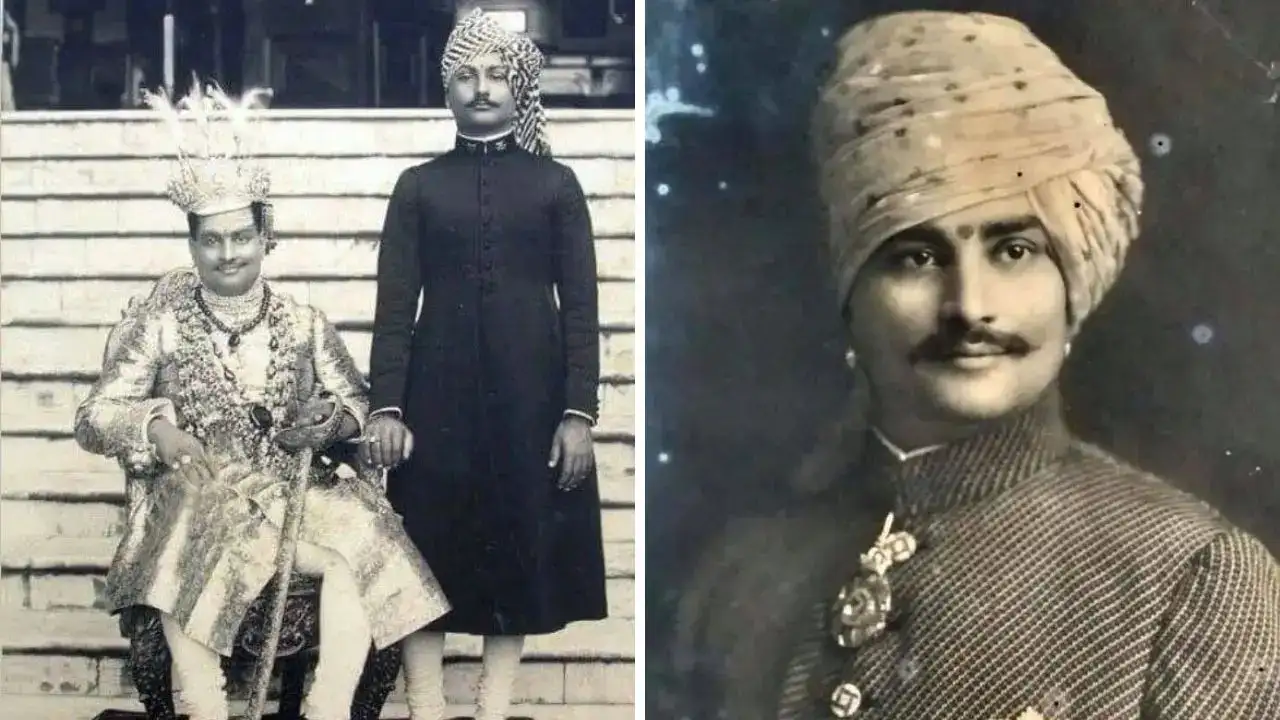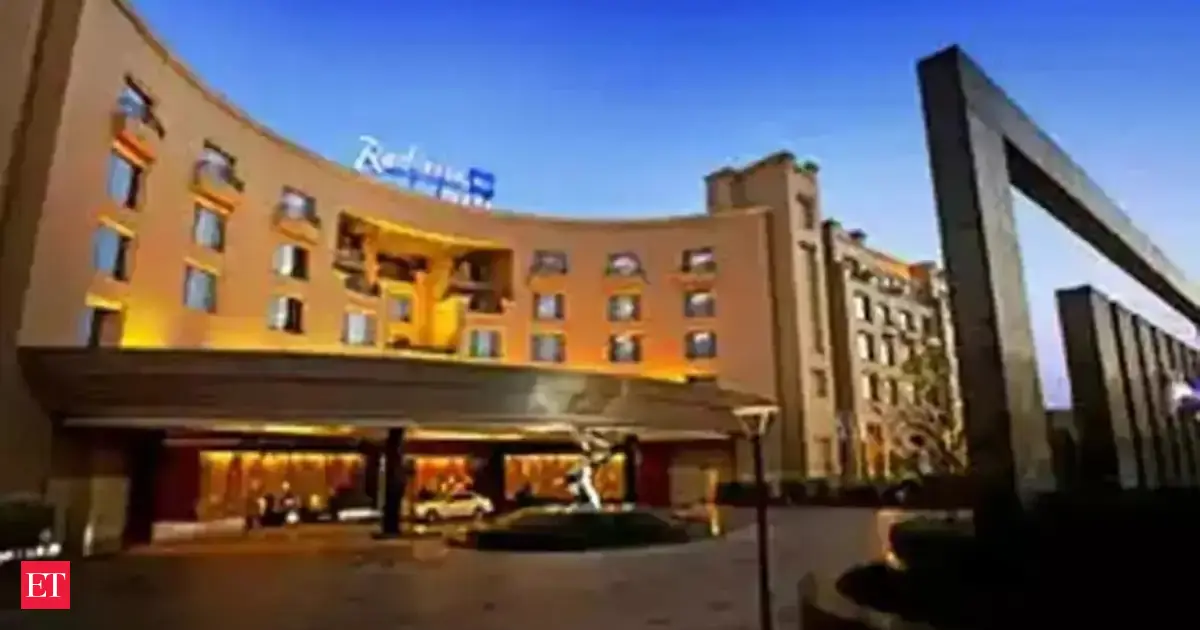Copyright timesnownews

Pre-Independent India, Darbhanga in Bihar was ruled by the third richest man in India, Maharajadhiraj Sir Kameshwar Singh Goutam Bahadur (28 November 1907 – 1 October 1962). He belonged to the Khandavala dynasty, Maithil Brahmins who became prominent during the reign of the Mughal emperor Akbar. According to the website of Indian Rajputs, "Founded by Mahamahopadhyaya Mahesh Thakur, who received the Darbhanga Raj (which includes large parts of the modern districts of Darbhanga, Muzaffarpur, Monghyr, Purnea and Bhagalpur) from the emperor Akbar early in the 16th century. The Maharaja of Darbhanga is the titular head of the highest sub-caste of the Maithils, viz. the Srotriyas (those who could recite the Vedas from memory)." The Khandavala dynasty of Raj Darbhanga was governed by the rule of primogeniture based on the "Kulachar", recognised by the Privy Council and the Supreme Court. Kameshwar Singh became the ruler of Darbhanga Raj after the death of his father, Rameshwar Singh Bahadur, in 1929. Darbhanga Raj was one of the largest and wealthiest zamindari estates, spread over 10,000 sq km. As a result it was given the status of a Princely State. According to reports, such was the prosperity of Darbhanga Raj that the annual revenue generated was between ₹30 lakh and ₹40 lakh in the early 20th century, which is valued in crores today. The Darbhanga Airport was originally built by Maharaja Kameshwar Singh in 1950 and used as a private airfield. He launched Darbhanga Aviation after the Second World War. Three former military Douglas DC-3 aircraft were used for Darbhanga Aviation. The first President of India, Dr Rajendra Prasad, wrote a letter to the Maharaja of Darbhanga Raj, expressing his gratitude for providing the services of his aircraft for his travel from Patna to Hyderabad in 1962. The letter, sent on 4 July 1962, stated, "Kindly extend my thanks to the crew members as well for my convenient journey." Dr Prasad had taken the flight to treat his ailing wife. He was known to have owned some of the most valuable and rare pieces of jewellery. A diamond necklace that once belonged to Marie Antoinette was auctioned at Sotheby’s in London in 1937 and purchased by the Maharaja. He played a prominent role in India's freedom movement. According to the website Constitution of India, "Singh was also the President of the British Indian Association in Calcutta. This was one of the early forums for political action among Indians, but thoroughly dominated by the landholding or zamindari class. At the young age of 23, he was invited to attend the Round Table Conferences in London, which discussed the constitutional future of British India." Elected to the Rajya Sabha in 1952 on a Jharkhand Party ticket, he gifted his Anand Bagh Palace to start a Sanskrit university, known today as the Kameshwar Singh Darbhanga Sanskrit University. In 1953, during Acharya Vinoba Bhave’s Bhoodan (Land Gift) movement, which aimed to persuade large landowners to donate portions of their land to landless peasants, Kameshwar Singh made one of the largest single donations in Bihar, contributing approximately 120,000 acres (about 486 km²) of land to the campaign. It made Darbhanga Raj one of the biggest contributors to the Bhoodan movement in India.



